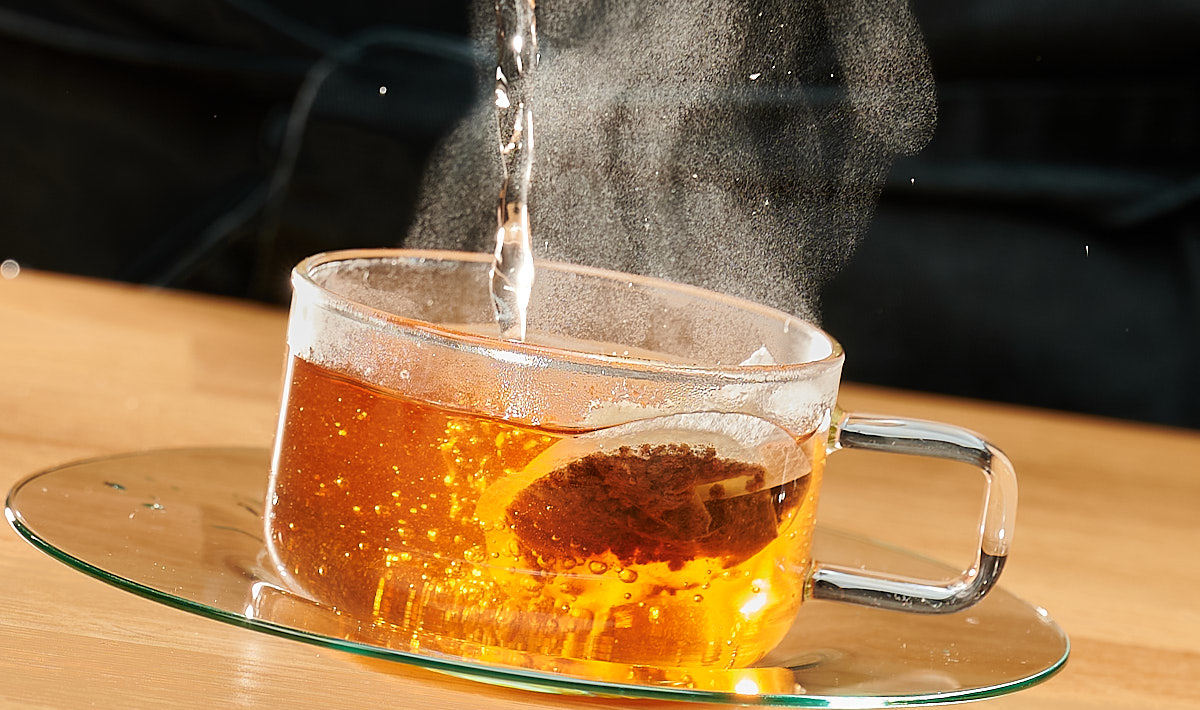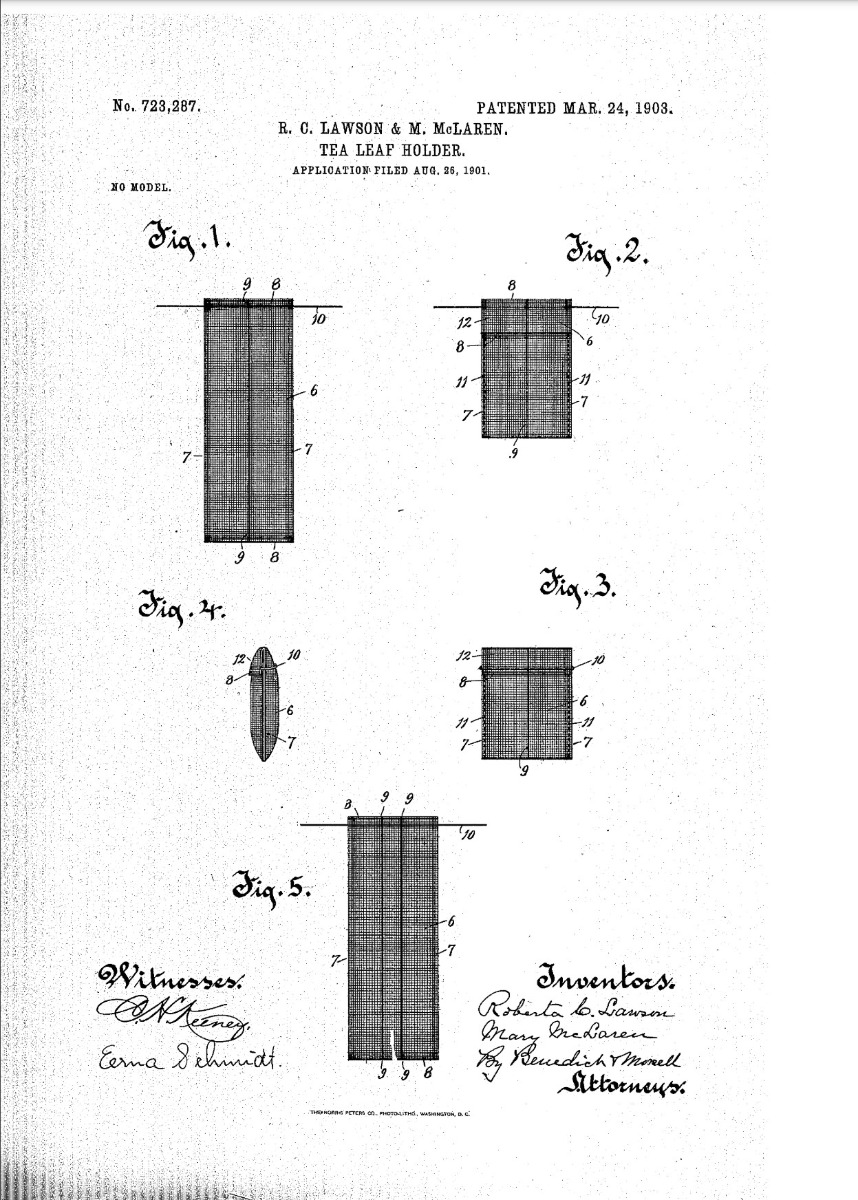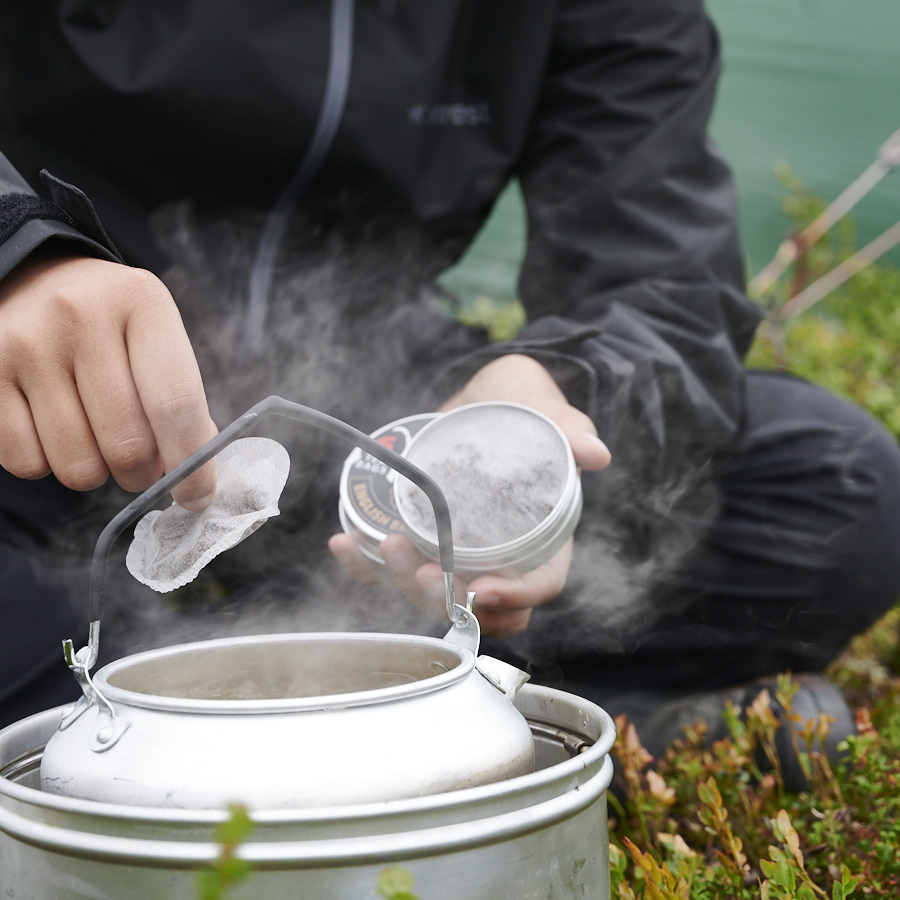
Is it ok to use tea bags?
Why is it that tea bags are so common? Is it really the dust that you sweep up when you make real tea? Why are the same varieties always available as bagged tea?
The tea bag is invented and rediscovered
In 1901, the first tea bag, or tea leaf holder, as the two inventors called it, was invented. Roberta C. Lawson and Mary McLaren of Milwaukee, Wisconsin had identified an important problem that arises when brewing tea: you want to be able to stop the brewing process without the tea steeping too long. Their design is strongly reminiscent of modern-day tea bags. The leaves are enclosed in a fabric that is dense enough to hold the leaves, but thin enough to let the water through. It was never a real success, and the patent fell into oblivion.When New York tea wholesaler Thomas Sullivan sent out samples to his customers in 1908, they misunderstood, and put the whole cloth bag in the teapot. Quick and easy both to dose and to empty the teapot. There is not much documentation, but it is a possible story.
The first tea bags were sealed with glue, and also had to be brewed with together with the tea leaves. Eventually, a string was added so that the tea bag could be picked up more easily without using a spoon.
Quality or quantity
When a major manufacturer produces tea bags, it is a matter of hundreds of thousands or millions of bags at a time. Small quantities only dirty the machine, which produces several hundred tea bags per minute, and more than 200 000 tea bags in one shift. This is equivalent to 400 kg of tea. Often you have several machines, but you normally don't want to change the variety more than once a day at most, preferably not at all. Otherwise, you have to clean the machine every few minutes to avoid mixing the flavors. Therefore, it only makes sense to produce larger quantities of tea from fewer varieties.


So what about quality? There are a few things that matter. Although modern tea bags no longer contain glue, the bag material itself can sometimes contribute an undesirable flavor, but there are now alternatives that are tasteless. The tea leaves themselves are often crumbly. Surveys have shown that users don't give many seconds to the brewing process, so the flavor has to come quickly. Some of this is achieved by layering the tea leaves, so that the smallest parts of the leaves come out. More common is to crush/chop the leaves into smaller particles. It would simply not be enough to "sweep up the remains". It may occur in some places, but is a vanishingly small proportion of what is sold on the market.
The environment is another aspect to consider. It takes material for the bag, as well as any string, staples, labels and perhaps an envelope. When shipping, there is a lot of space for a small amount of tea. Of course, this also has an impact on the economy, which is ultimately crucial. As long as consumers buy a product of a certain quality, it will continue to be produced.
Is there nothing good with tea bags?
There is nothing to say that tea bags are always bad, or make a bad tea. It can be both quick and easy. When traveling, you can bring your own tea. If you serve many people who may have different taste preferences, it can be complicated to brew loose leaf tea for each one. We make our own tea bags that are sold to hotels, among others. Our brand YeTea® is made from compostable, taste-free bags. We dispense with string, staples and labels to reduce the environmental impact.
But as a private individual at home, there is a much greater choice of loose-leaf tea. You can dose it exactly the way you want it, and the brewing process usually gives a better taste. Drinking tea shouldn't be stressful either, but a time for socializing or reflection. Loose leaf tea is also better for the environment.






